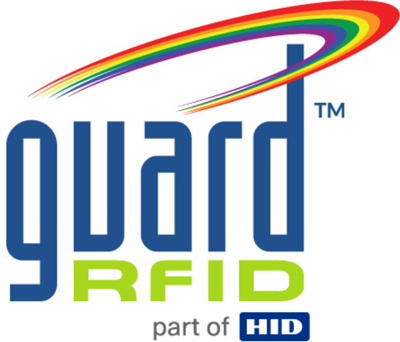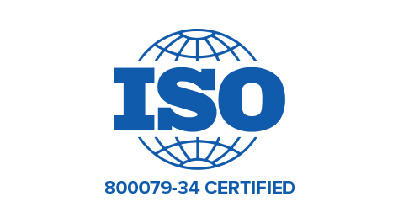Change is hard. When faced with organizational shifts, staff often resist. It’s natural. We’re hardwired to fear losing something of value, or being incapable of adapting to new procedures and systems.
In the healthcare sector, real-time location systems (RTLS) are being introduced to hospitals and healthcare facilities to expedite greater operational efficiencies, raise patient satisfaction, increase staff safety, and lower costs.
With all these benefits, why would there be resistance? Because change raises different concerns for different people. Their fears, whether based on myth or misinformation, can become obstacles to seamlessly implementing new technology – including RTLS.
Let’s take a look at some of the most common concerns and myths regarding staff acceptance of RTLS.
Staff Safety and Security
In a healthcare setting, employees wear radio-frequency identification (RFID) tags that can be customized for use. The tags provide certainty as to where the employee is located. One of the myths is that RTLS will be used as a punitive monitoring tool – to track the employee and their movements.
The purpose of being able to locate a health care provider is to protect them from workplace violence. Statistics revealed by the Occupational Health and Safety Administration show that 75% of almost 25,000 workplace assaults annually happened in healthcare and social service settings. A health care provider who is wearing a discreet RTLS tag can activate a staff duress button to clandestinely call for assistance, and be reassured that help is coming. The alerting and locating features ensure security can accurately and quickly locate the health provider in need.
Operational Efficiencies
Hospitals are extremely busy places, and healthcare staff have concerns about the time it will take to learn and use an RFID system. RTLS tags are quite simple to use and, when instituted, result in significant efficiencies in asset tracking, maximizing asset utilization, and operations workflow.
Even in complex building layouts, it’s possible to correctly pinpoint medical equipment tagged with an RFID, saving health care staff time in searching. Re-claiming this ‘lost time’ means more time spent with patients delivering care. In addition, being able to quickly locate critical equipment increases the safety of patients who may need urgent attention. Finally, the cost of stolen or lost medical equipment, and over-buying due to misplaced items – such as IV pumps, special-use hospital beds and wheelchairs – is reduced.
RTLS Tag Design
Another concern is that RTLS tags or badges are bulky, heavy or conspicuous. The RTLS tag technology can be right-sized for your organization’s use. Typically, RTLS tags for staff and patients are small and lightweight. For instance, infants can be monitored with tiny umbilical tags. These tags protect newborns from abduction and prevent infant-mother mismatch.
Patient tags with tamper detection and plastic bands for the wrist ensure the safety and location of patients who wander or attempt to access unauthorized areas. Healthcare providers may choose a discrete tag with communication capabilities, motion sensors, or accelerometer for additional security measures when working in potentially dangerous environments. Asset tracking tags may have a low profile design and detect hazardous environments, or be industrial-sized and robust for durability.
With the myths of RTLS now debunked, how do you ensure that your employees are on board? Achieving buy-in from employees to engage with, and even become champions for a new system, is possible.
Using a four-stage intentional approach that addresses fears with information, and makes staff active participants in change, healthcare organizations can successfully integrate RTLS technology with existing systems, as follows:
- Communication is key. This is a two-way conversation, and continues throughout the implementation process. Work to understand the fears, and address these concerns – with information and empathy. Explain the value of what’s in it for them. Encourage employees to ask questions throughout the integration period, and answer them candidly.
- Education through information is powerful. Prepare employees by providing information about how RTLS works, and give examples about ways it will improve their day-to-day operations, patient care and safety. Create organization-specific FAQ info for quick reads.
- Training is critical. Schedule training sessions before implementation occurs. When staff feel confident in their abilities to use the technology, this builds certainty, which contributes to positive feelings of security and safety. Ensure employees are comfortable with the operation of the organization’s RTLS, and all questions are answered before launching the system.
- Review is essential. There will be sticky spots in learning any new system. Again, communication and empathy is vital to engagement. Survey staff to find out their thoughts, with the intention of making improvements. Find out where employees are having challenges, where they require assistance or more information, and actively seek to support them.
While change always brings about some resistance, successfully addressing staff concerns, encouraging open communication, providing comprehensive education and training, and instigating a formal survey process will increase the likelihood of a smooth adoption process of any new system, including RTLS technology.
More than 300 hospitals and their staff members have adopted the GuardRFID real-time location system with great success. Find out more about how our extensive onboarding and training programs help with system adoption by contacting us today.


